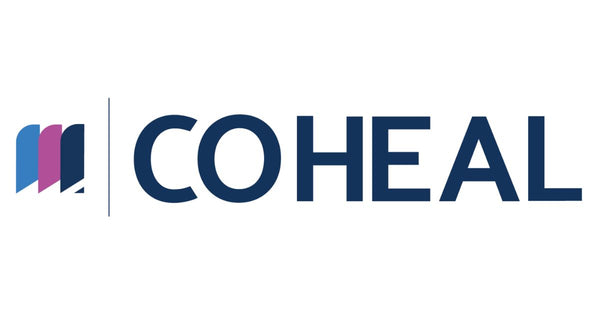
Understanding the Differences Between Sterilization Methods: A Guide by Coheal
Share
In the healthcare industry, sterilization is a critical process to ensure the safety and well-being of patients and healthcare providers. With various sterilization methods available, it is important to understand their differences to choose the most suitable approach for your specific needs. In this article, Coheal, a trusted provider of medical supplies, will shed light on the differences between common sterilization methods. By gaining insights into these methods, you can make informed decisions to maintain a sterile environment in your healthcare facility.
-
Autoclaving: The Power of Steam: Autoclaving is one of the most widely used and effective sterilization methods. It utilizes steam under pressure to kill microorganisms on instruments and equipment. The high temperature and pressure achieved during autoclaving ensure rapid and thorough sterilization. This method is particularly effective for heat-resistant and moisture-tolerant items, such as surgical instruments and glassware.
-
Chemical Sterilization: An Alternative Approach: Chemical sterilization involves the use of chemical agents to eliminate microorganisms. This method is suitable for items that are sensitive to high temperatures and pressure. Common chemical sterilants include hydrogen peroxide, peracetic acid, and ethylene oxide. Chemical sterilization is often used for heat-sensitive devices, such as endoscopes and electronic equipment. It is important to follow the manufacturer's instructions and recommended exposure times for optimal results.
-
Dry Heat Sterilization: Heat as the Key Player: Dry heat sterilization relies on high temperatures to achieve sterility. Unlike autoclaving, this method does not involve moisture. Dry heat is particularly effective for items that are sensitive to moisture, such as powders, oils, and sharp instruments. However, it generally requires longer exposure times and higher temperatures compared to autoclaving.
-
Radiation Sterilization: Harnessing the Power of Energy: Radiation sterilization employs ionizing radiation, such as gamma rays or electron beams, to destroy microorganisms. This method is commonly used for disposable medical supplies, such as syringes, gloves, and gowns. Radiation penetrates packaging materials, ensuring the sterilization of the contents. It is a highly efficient and reliable method, but it requires specialized equipment and expertise.
-
Filtration: A Solution for Liquids and Gases: Filtration is a sterilization method suitable for sterilizing liquids and gases. It involves passing the substance through a filter that captures and removes microorganisms. Filtration is often used in pharmaceutical manufacturing, where maintaining the sterility of drugs and solutions is crucial. The pore size of the filter determines the effectiveness of sterilization, so selecting the appropriate filter is essential.
-
Choosing the Right Sterilization Method: The choice of sterilization method depends on several factors, including the nature of the items to be sterilized, their compatibility with different methods, and the specific requirements of your facility. Consider factors such as material compatibility, required turnaround time, ease of use, and cost-effectiveness when selecting the appropriate sterilization method.
Conclusion: Sterilization is a critical aspect of maintaining a safe and hygienic healthcare environment. By understanding the differences between sterilization methods like autoclaving, chemical sterilization, dry heat sterilization, radiation sterilization, and filtration, you can make informed decisions for your facility's sterilization needs. Coheal, your trusted medical supplies provider, is here to support you in achieving optimal sterilization outcomes. Choose the right sterilization method and rely on Coheal for high-quality medical supplies, including sterilization pouches, reels, and more.
Remember, effective sterilization is essential for patient safety and infection control. Trust Coheal for reliable sterilization solutions and ensure a sterile future for your healthcare facility.
